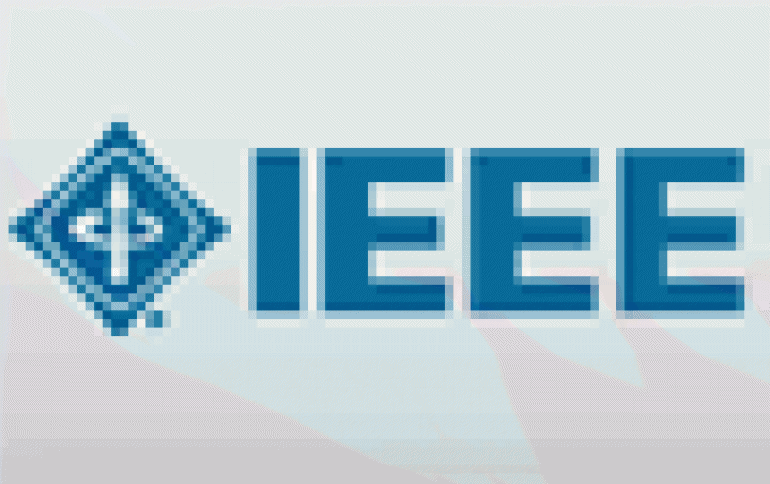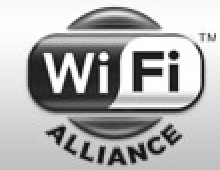
IEEE Ratifies 802.11n, Wireless LAN Specification
The IEEE last week announced that its Standards Board has ratified the IEEE 802.11n-2009 amendment, defining mechanisms that provide improved data rates and ranges for wireless local area networks (WLANs).
This new amendment to the IEEE 802.11 base standard is designed to help the data communications industry address the escalating demands placed on enterprise, home and public WLANs with the rise of higher-bandwidth file transfers and next-generation multimedia applications. WLANs based on IEEE 802.11 are widely deployed, with more than 1 million units shipping per day.
The IEEE 802.11 standard defines how to design interoperable WLAN equipment that provides a variety of capabilities including a wide range of data rates, quality of service, reliability, range optimization, device link options, network management and security.
The 560-page 802.11n amendment "...WLAN Enhancements for Higher Throughput " will enable rollout of more scalable WLANs that deliver 10-fold-greater data rates than previously defined while ensuring co-existence with legacy systems and security implementations.
More than 400 individuals from equipment and silicon suppliers, service providers, systems integrators, consultant organizations and academic institutions from more than 20 countries participated in a seven-year effort leading to IEEE 802.11n's ratification. Publication of the amendment is scheduled for mid-October.
"This was an extraordinarily wide-ranging technical challenge that required the sustained effort and concentration of a terrific variety of participants. When we started in 2002, many of the technologies addressed in 802.11n were university research topics and had not been implemented," said Bruce Kraemer, Chair of the IEEE Wireless LAN Working Group. "The performance improvements achieved via IEEE 802.11n stand to transform the WLAN user experience, and ratification of the amendment sets the stage for a new wave of application innovation and creation of new market opportunities."
The 802.11n technology offers speeds of at least 300 megabits per second (Mbps), many times higher than the previous 802.11g, which operates at speeds of up to 54 Mbps.
It is also able to transfer data over distances of 90m (300ft) indoors, double that of previous technologies.
For further information on IEEE 802.11n, visit http://standards.ieee.org/prod-serv/80211n.html.
The IEEE 802.11 standard defines how to design interoperable WLAN equipment that provides a variety of capabilities including a wide range of data rates, quality of service, reliability, range optimization, device link options, network management and security.
The 560-page 802.11n amendment "...WLAN Enhancements for Higher Throughput " will enable rollout of more scalable WLANs that deliver 10-fold-greater data rates than previously defined while ensuring co-existence with legacy systems and security implementations.
More than 400 individuals from equipment and silicon suppliers, service providers, systems integrators, consultant organizations and academic institutions from more than 20 countries participated in a seven-year effort leading to IEEE 802.11n's ratification. Publication of the amendment is scheduled for mid-October.
"This was an extraordinarily wide-ranging technical challenge that required the sustained effort and concentration of a terrific variety of participants. When we started in 2002, many of the technologies addressed in 802.11n were university research topics and had not been implemented," said Bruce Kraemer, Chair of the IEEE Wireless LAN Working Group. "The performance improvements achieved via IEEE 802.11n stand to transform the WLAN user experience, and ratification of the amendment sets the stage for a new wave of application innovation and creation of new market opportunities."
The 802.11n technology offers speeds of at least 300 megabits per second (Mbps), many times higher than the previous 802.11g, which operates at speeds of up to 54 Mbps.
It is also able to transfer data over distances of 90m (300ft) indoors, double that of previous technologies.
For further information on IEEE 802.11n, visit http://standards.ieee.org/prod-serv/80211n.html.





















